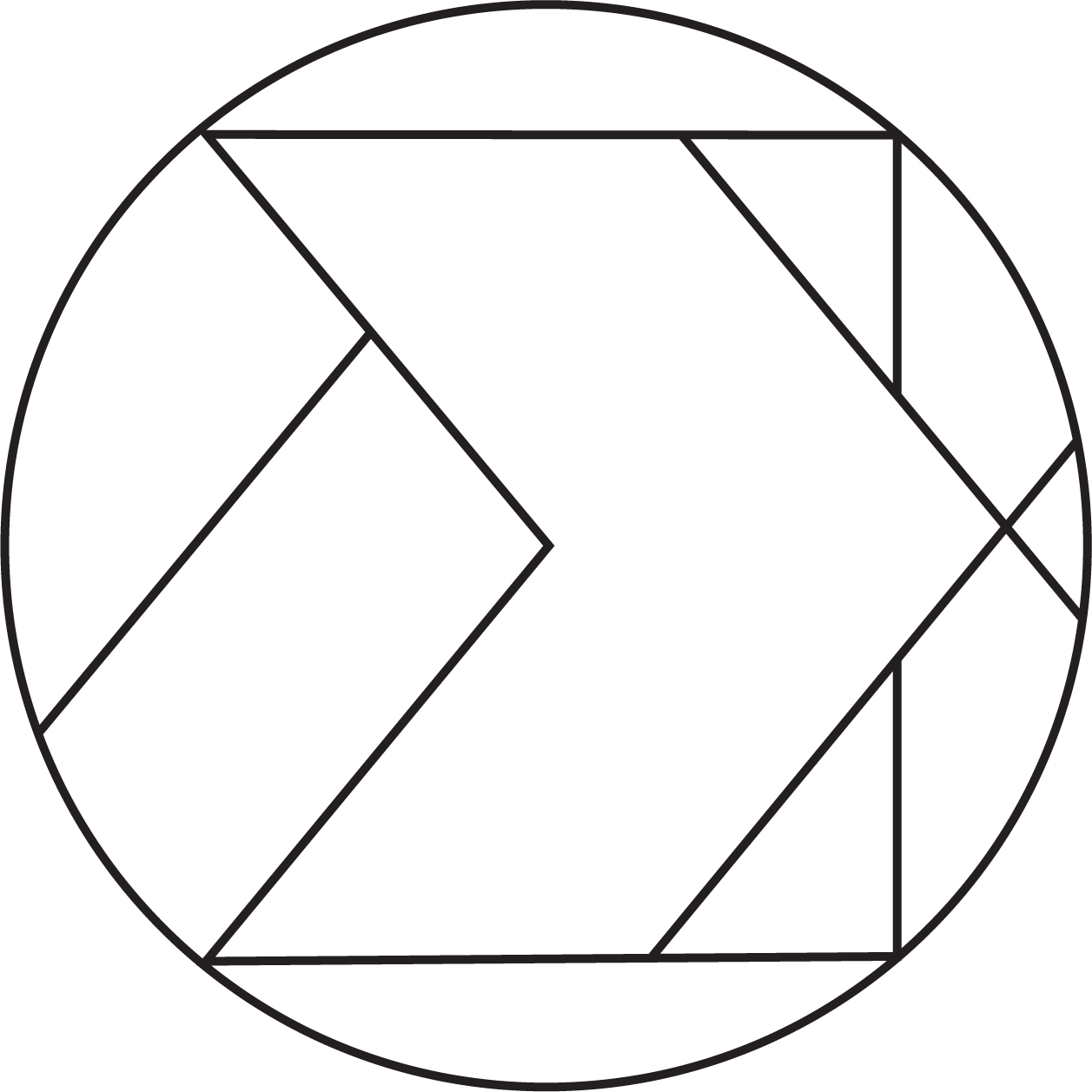Feeling At Home
Textiles play a great role into making us feel ‘at home’. It only takes a glance to our surroundings to realise how many of the most mundane things around us are made out of fabric: obviously our clothes, which like a second skin mediate between our body and nature, but almost everywhere else on floors, tables, beds, windows. Where we eat, where we sleep, where we sit, a boundary between us and nature, between the culture of the body and the world around us, a sense of the familiar and the beloved.
Textiles, high cultural samples, either show to our community who we are or separate us from it; they give to the individual an identity (‘the power of fashion’); enrich the personal identity or give a collective one (uniforms of any kind). In any case, they always indicate our position in society. It’s the most private and simultaneously the most public. Flags, wipes, Islamic hijab, or men’s ties consist whole worlds of semiotics, indicating ideology and desires, actual or not. The real and the symbolic were always tied to the preparation and the creation of textiles.
The symbolic side of textiles is linked historically with issues of enormous importance to the people, as the great metaphor of life and death, found in the Greek mythology, where the three Fates spin the destiny and cut the thread of life. It was believed that the thread of life was spanned twice during one’s lifetime, firstly at the birth and secondly at the marriage, as they were the two most important events in a human’s life.
Passed on from one generation to another, textile heirlooms become narrative objects of great sentimental value, which encompass a particular sense of belonging: feeling at home.


